|
-
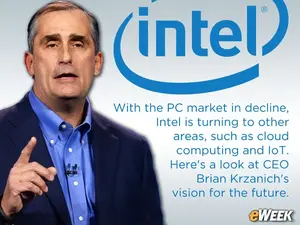
10 Ways Intel's Business Must Evolve to Remain Competitive
With the PC market in decline, Intel is turning to other areas, such as cloud computing and IoT. Here's a look at CEO Brian Krzanich's vision for the future.
-

Intel Remains Primarily a Chipmaker
Although Intel believes that it has to diversify beyond producing processor chips, the company isn't going to downplay that business. Instead, Intel believes that it can provide chips to power a wider array of devices. Making processors is fundamental to Intel's business, and Krzanich has no interest in changing that.
-
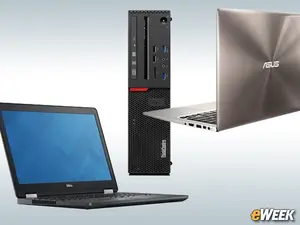
However, Intel Needs to Transition From Reliance on PCs
In a statement on April 19, Intel said that it plans to "accelerate its evolution from a PC company" to one that focuses on other areas. The company said that while the PC market is still important to its business, it's in "decline," and there's no reason for Intel to dedicate as many resources to that business as a percentage of its total investment as it has in the past.
-
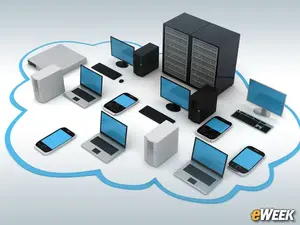
It's All About the Cloud
In his blog, Brian Krzanich clearly stated that as long as he is running Intel, the company must focus on cloud computing. He noted that "virtualization and software are increasingly defining infrastructure in the cloud," and he believes that his company's chip architecture can power the servers and high-performance computing systems that drive cloud platforms.
-
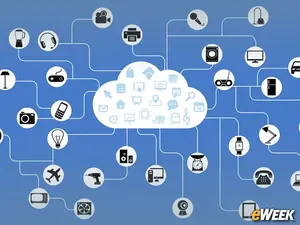
The Internet of Things Officially Takes Hold
Like most IT industry leaders, Krzanich believes that billions of devices around the world will eventually go smart, even including "shoes and clothes," as part of the Internet of things. He added that Intel will specifically focus on autonomous vehicles along with industrial and retail verticals as they build out the Internet of things.
-
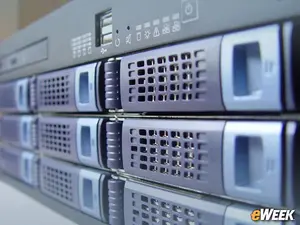
Think Seriously About Advanced Memory Chips and FPGAs
Intel is betting big on the idea that data centers and cloud providers will rely upon Rack Scale Architecture, 3D XPoint memory and field-programmable gate arrays (FPGAs). Krzanich has promised that within the "next few years," Intel will improve memory and programmable device technology solutions to achieve great efficiency in data centers.
-
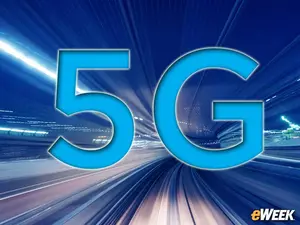
Delivering Connectivity Through 5G Rollouts
Just about everyone agrees that the future of wireless connectivity is 5G. For one, the technology delivers much faster speeds than 4G and is capable of offering far less latency, which are important factors for autonomous vehicles. To achieve its goal of supporting the development of autonomous cars, Krzanich believes that Intel must also become a major technology contributor to 5G wireless and all the devices that work with this next-generation mobile standard. Intel is already testing 5G and plans to expand that effort in the coming years.
-

Intel Still Intends to Produce Chips for High-End PCs
While Intel has said that it wants to reduce its reliance upon PCs, it's important to note that it doesn't want to kill its PC business. In fact, the company was quick to note on April 19 that intends to focus its chip production efforts on increasingly popular two-in-one hybrids as well as gaming PCs, which still continue to sell well. However, Intel sees less value in producing chips for commodity PCs.
-
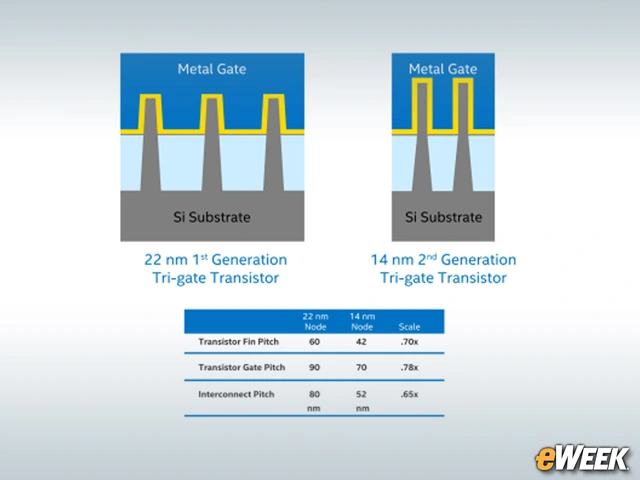
Intel Still Believes in Moore's Law
Moore's Law is "alive and well," Krzanich says. He pointed to Intel's ability to progress from 14-nanometer technology to 10 nanometers as proof of that. He also asserted that the company will eventually move to 7 nanometers and 5 nanometers. He even believes Moore's Law, or the idea that transistors per square inch on circuits double every two years, will remain even as it meets those design milestones.
-
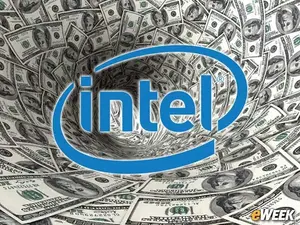
Intel Is Already Reaping Profits From New Businesses
The company noted in a statement on April 19 that its data center and Internet of things businesses, among just a few others, delivered $2.2 billion in revenue growth last year. What's more, they made up 40 percent of the company's revenue "and the majority of operating profit." Along the way, they reduced Intel's reliance on the shrinking PC business. Given those facts, Krzanich has no choice but to invest more heavily in emerging technologies.
-

The New Strategy Requires Intel to Downsize
Intel has had to make some tough decisions to carry out its revised business strategy. The company has announced that it plans to cut up to 12,000 jobs around the world, or approximately 11 percent of its workforce, by mid-2017. While that's unfortunate for the employees, Intel says it'll ultimately be good for its operations by helping the company save $750 million this year alone.
n Intel's Website on April 26, Krzanich issued a strategy for what he believes will help Intel grow and prosper. While processor chips will still play a critical role in that effort, he added that Intel's success will ultimately depend on its ability to deliver systems for cloud computing, expand its role as a provider of Internet of things (IoT) components and be a major player as enterprises ultimately move to 5G wireless networks. Krzanich's vision is clear, but his strategy might seem unorthodox given his company's history. His strategy statement comes amidst increasing competition in mobile devices, cloud and IoT and days after the company disclosed that it would reduce its workforce by 11 percent to reduce business overhead. Simply put, Intel is changing rapidly. This slide show covers Intel's current business and the various goals it has to achieve to remain competitive. Read on to learn more about Intel and Krzanich's vision for the future.
- eWeek